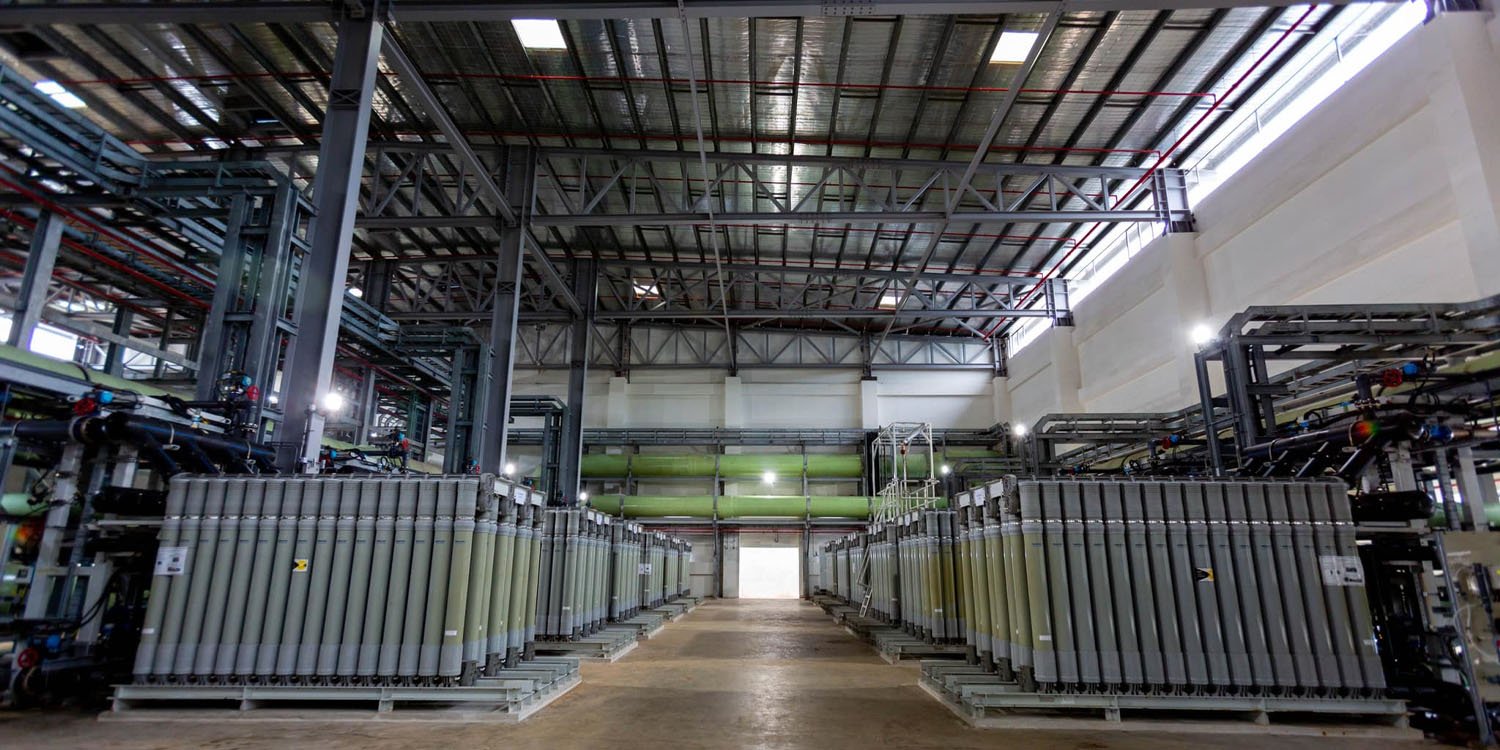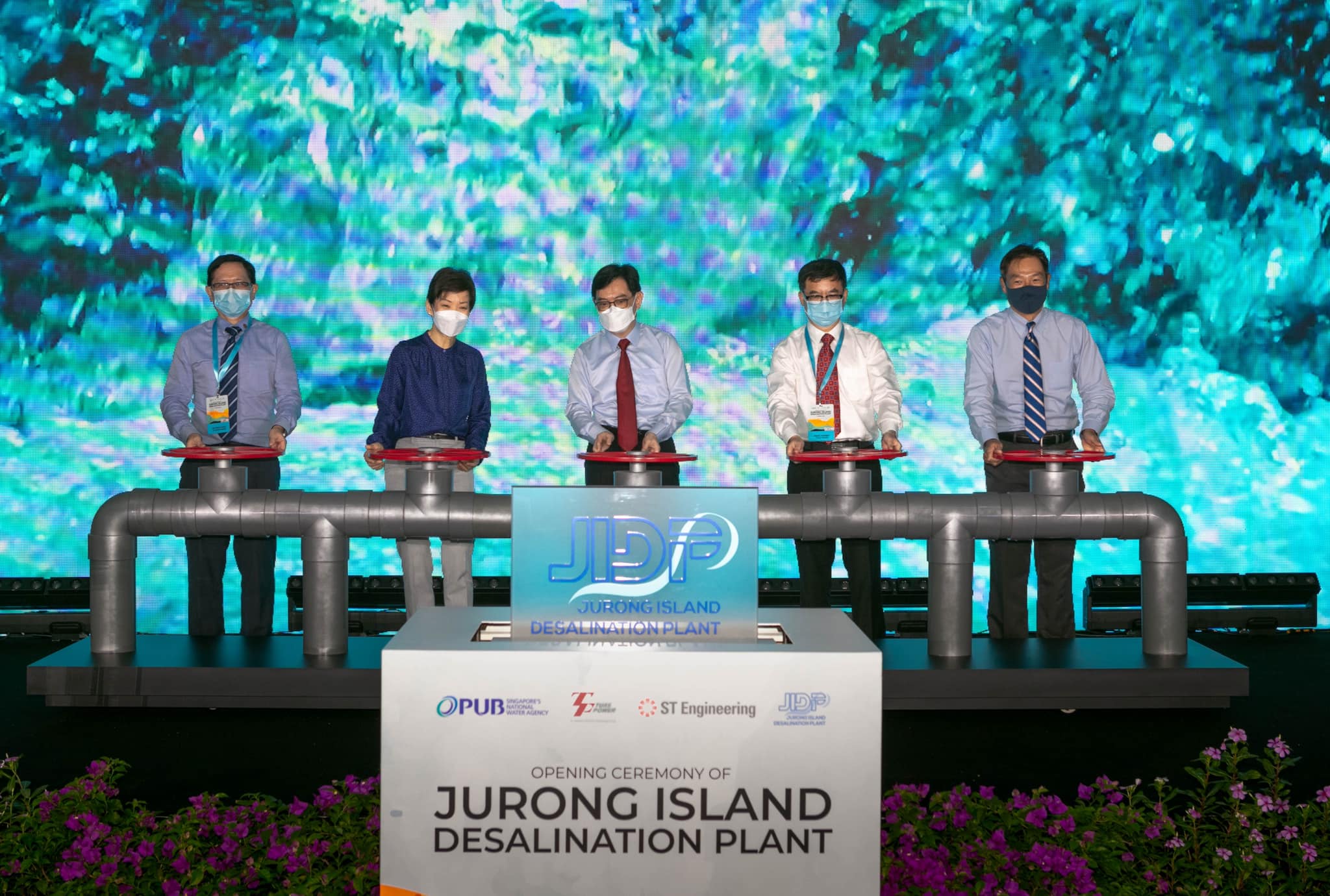Singapore’s 5th Desalination Plant Is More Energy-Efficient Than Conventional Plants
As a small country, Singapore has to be entirely self-sufficient to save resources. Initiatives such as NEWater and solar panel farms help us maximise our resources.
Singapore has opened a fifth desalination plant on Jurong Island to enhance our water sustainability efforts.
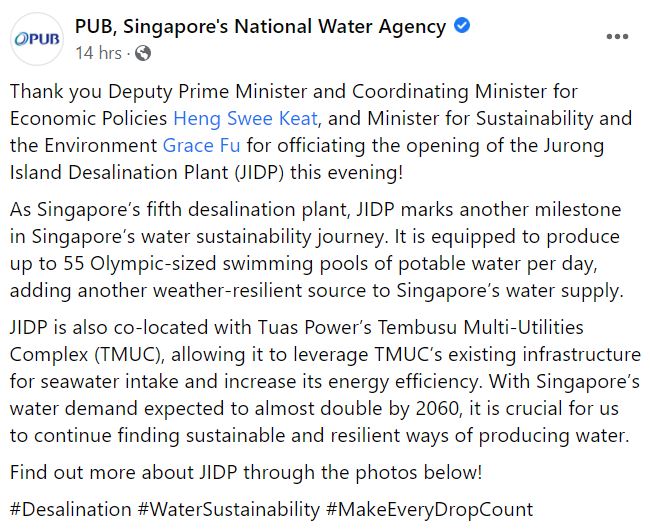
Source: PUB on Facebook
The facility will supply 7% of Singapore’s daily water demand. It is 5% more energy-efficient than conventional desalination plants, reducing operational costs.
The facility is a huge step forward in Singapore’s ongoing journey to conserve water resources.
Jurong desalination plant conserves more energy
Singapore’s National Water Agency (PUB) officially announced the opening of the Jurong Island Desalination Plant (JIDP) on Sunday (17 Apr), which was officiated by Deputy Prime Minister Heng Swee Keat and Minister for Sustainability and the Environment Grace Fu.
The JIDP is our country’s fifth desalination plant and conserves 5% more energy than conventional desalination plants.
It spans 3.7 hectares and can produce up to 30 million gallons – approx 113 litres – of fresh drinking water per day. This constitutes 7% of Singapore’s daily water demand.
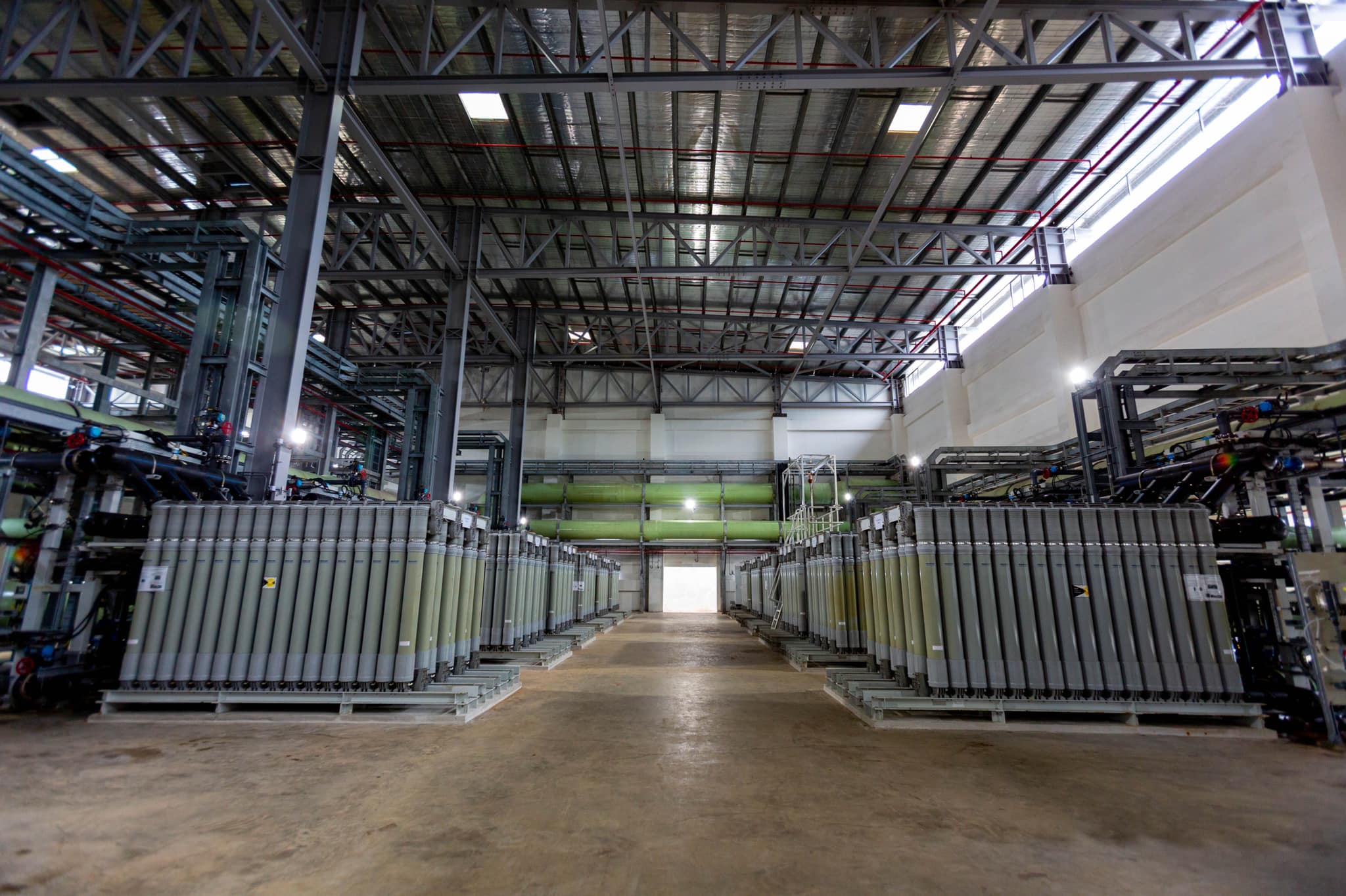
Source: Facebook
The new facility is also built at the same location as the Tuas Power’s Tembusu Multi-Utilities Complex (TMUC).
TMUC has been operational since 2013 and contains a power plant. This enables the new desalination plant to conserve energy, as stated by PUB.
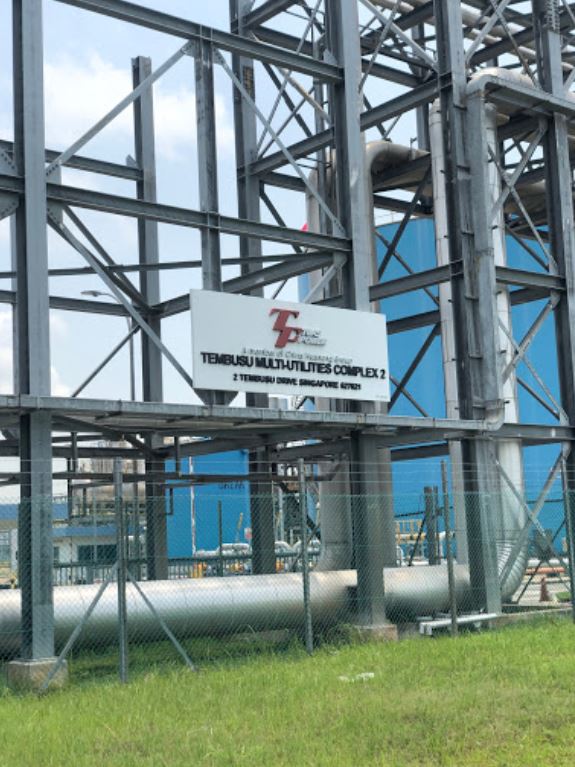
Source: Google Maps
PUB said JIDP’s co-location with TMUC allows it to derive resource synergies, translating to annual energy savings sufficient to power nearly 1,000 HDB households.
One example of such energy-saving features is the “slightly cleaner feedwater” from the plant, as a result of using seawater from the power plant, which contains a basic level of filtration.
This enables the plant to pump seawater for a lower cost, as reported by TODAY.
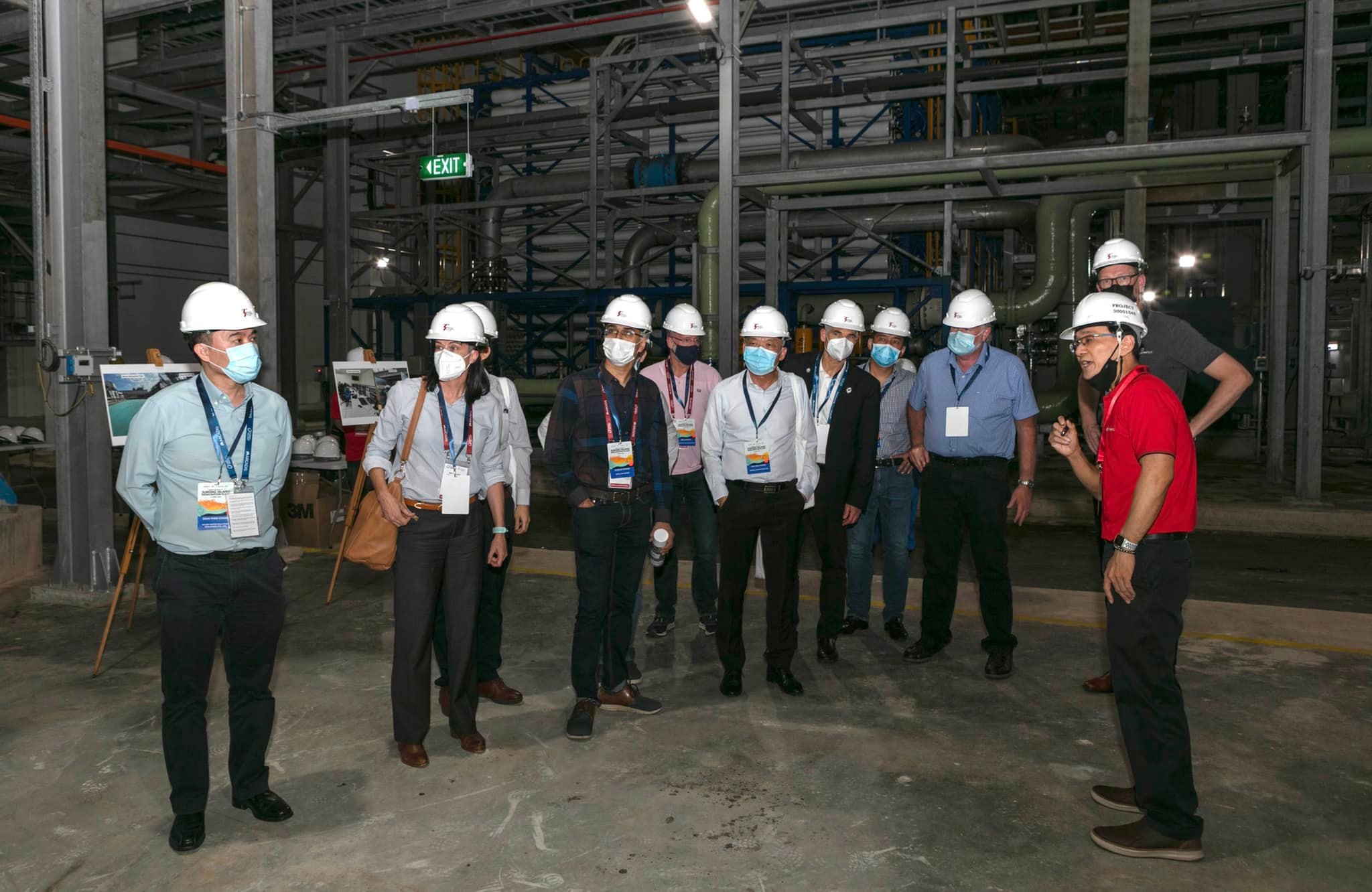
Source: Facebook
Another energy-efficient feature of the desalination plant is the embedded generator in the power plant. Tuas Power’s Mr Tan Chek Jiang, the plant manager for the facility, said this saves on network charges, decreasing operational costs.
In addition, the desalination plant is equipped with the latest proven water-treatment equipment and membrane technologies. As it is highly automated, it only requires a three-person team to operate the facility.
Jurong desalination plant milestone in water efficiency
According to Channel NewsAsia (CNA), construction for the desalination plant started in 2018. The desalination plant was initially slated to open in 2020, but progress was stalled due to the pandemic, border restrictions and safety management measures.
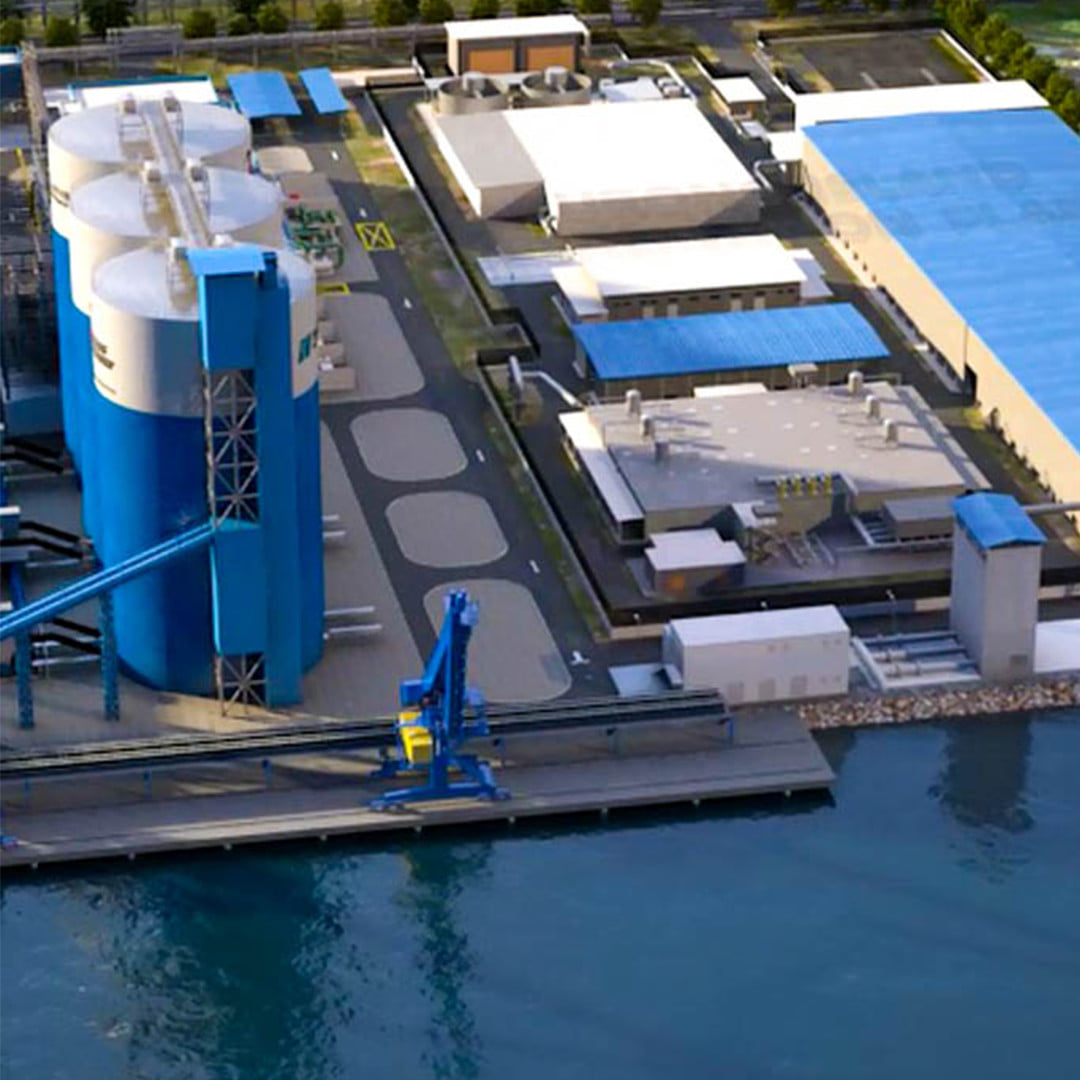
Source: Facebook
Desalination – the conversion of seawater to drinking water – is one of the four ways Singapore obtains its water supply.
Singapore’s other sources come from local catchments, reclaimed water and imported resources from Johor.
The JIDP is thus a milestone in Singapore’s continuing journey towards enhancing water resources. However, DPM Heng stressed that the country must still treat the matter of water security gravely.
He noted that although water supplies have greatly improved today, it requires increased research and commitment to conserve resources.
“To ensure true water security, we also cannot just focus on the supply side of the equation,” added DPM Heng.
Continue to conserve water resources
In a world of fast-depleting resources, it is all the more vital to conserve Singapore’s limited resources.
It is commendable of local authorities to implement facilities that ensure our resources can be conserved further. On our part, we can also help with water conservation by adopting good daily habits.
For example, just turning off the tap while washing our hands can go a long way toward saving water.
Have news you must share? Get in touch with us via email at news@mustsharenews.com.
Featured image adapted from PUB Singapore on Facebook.
